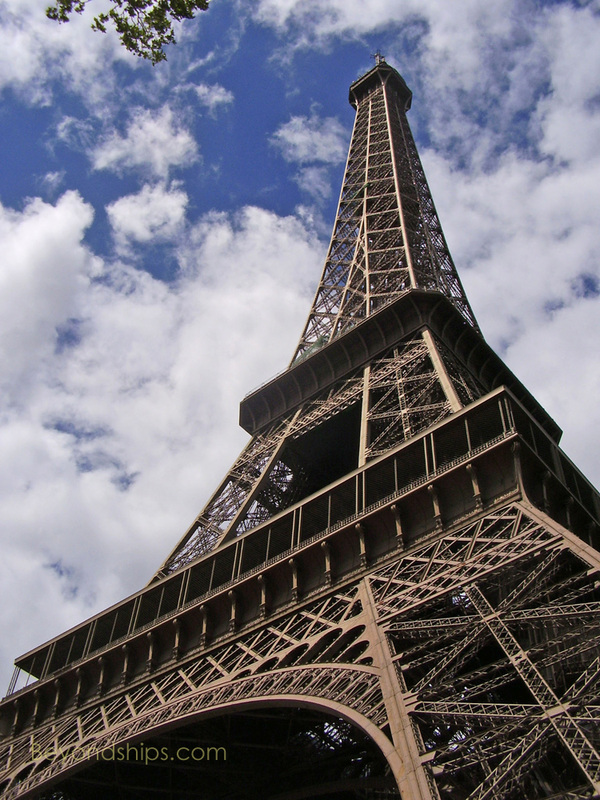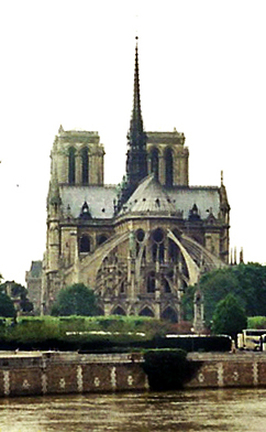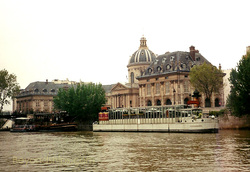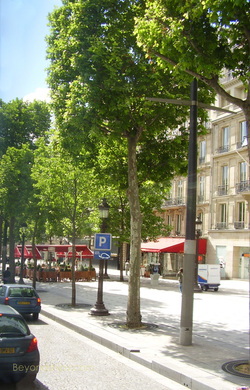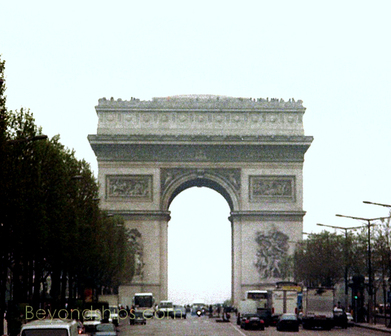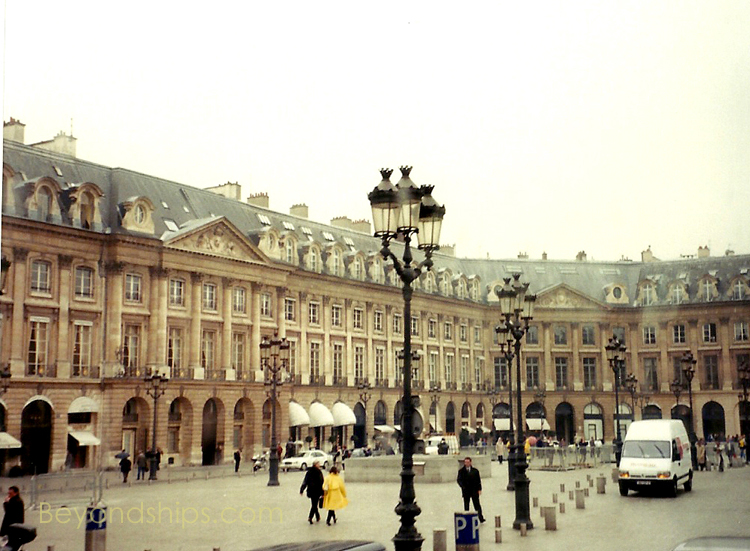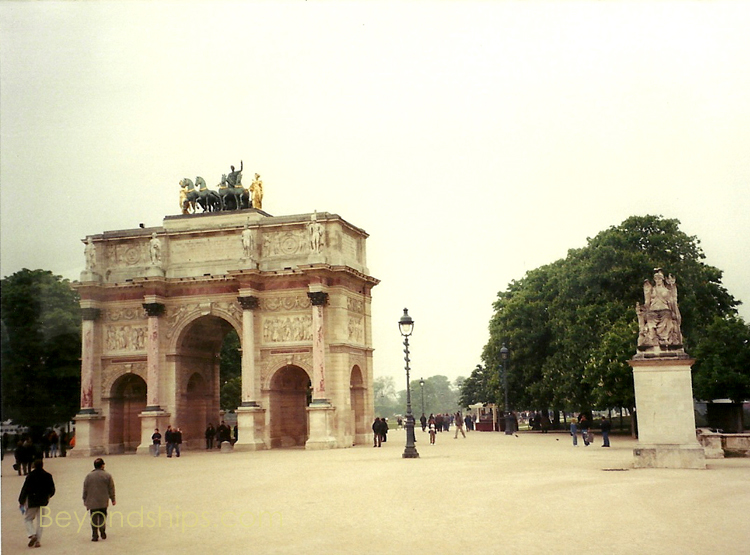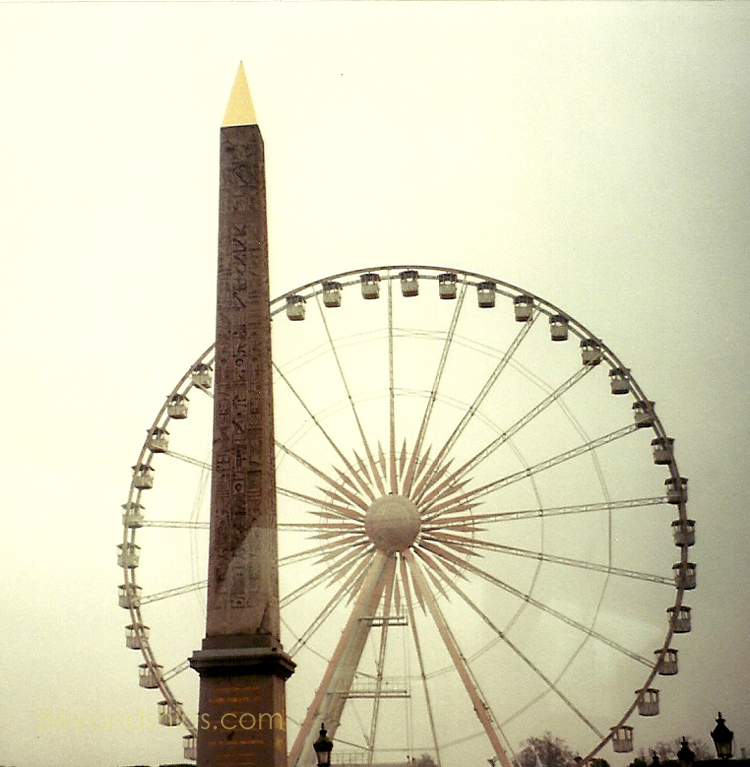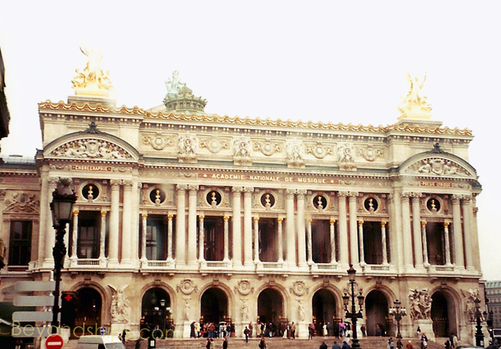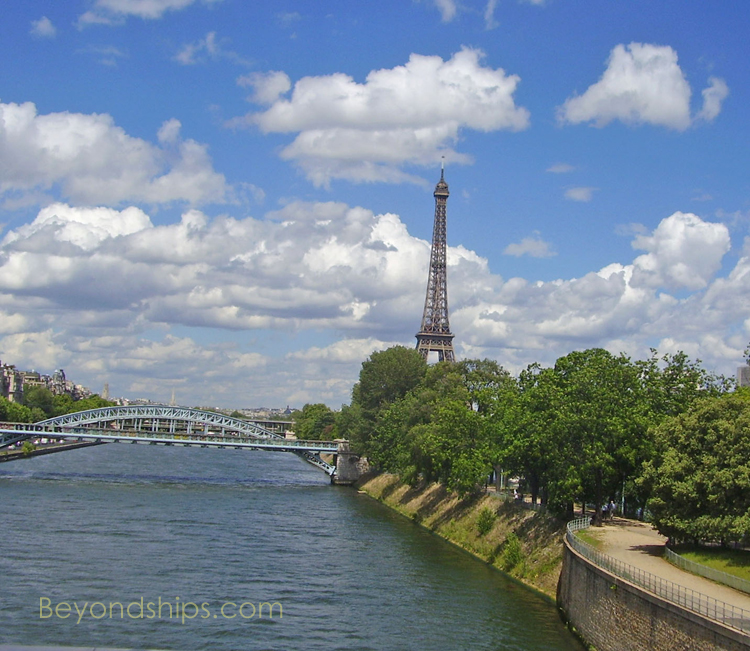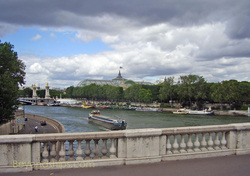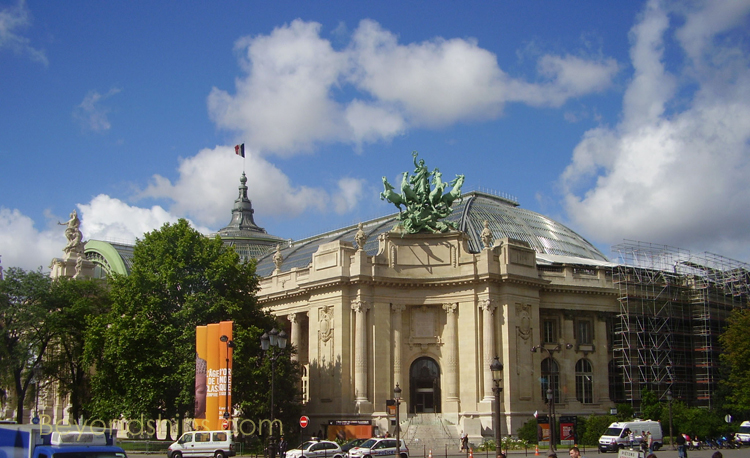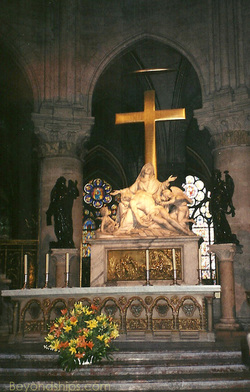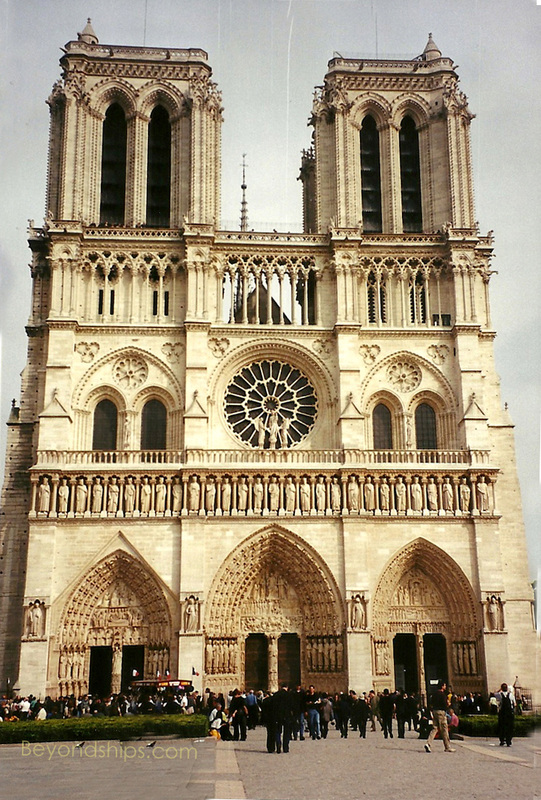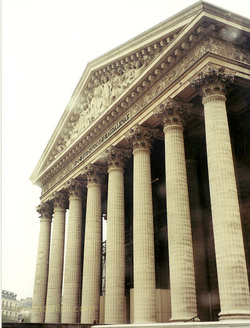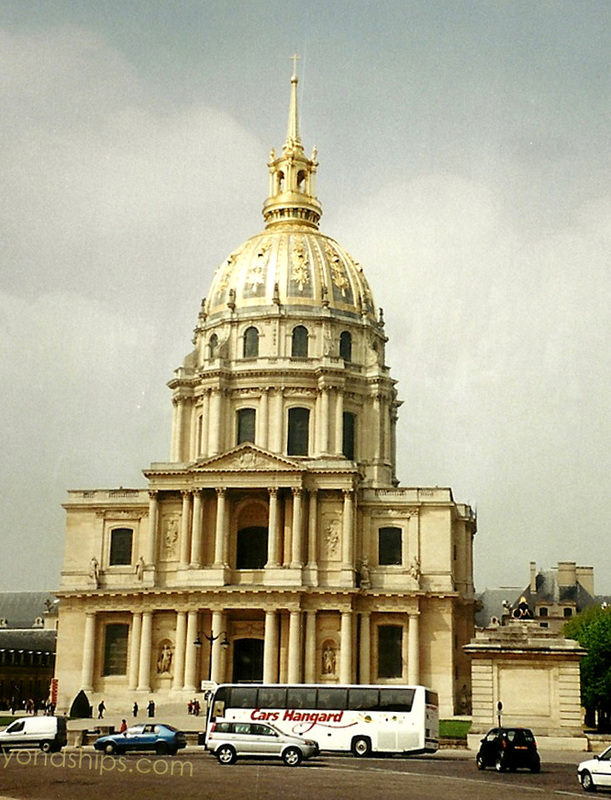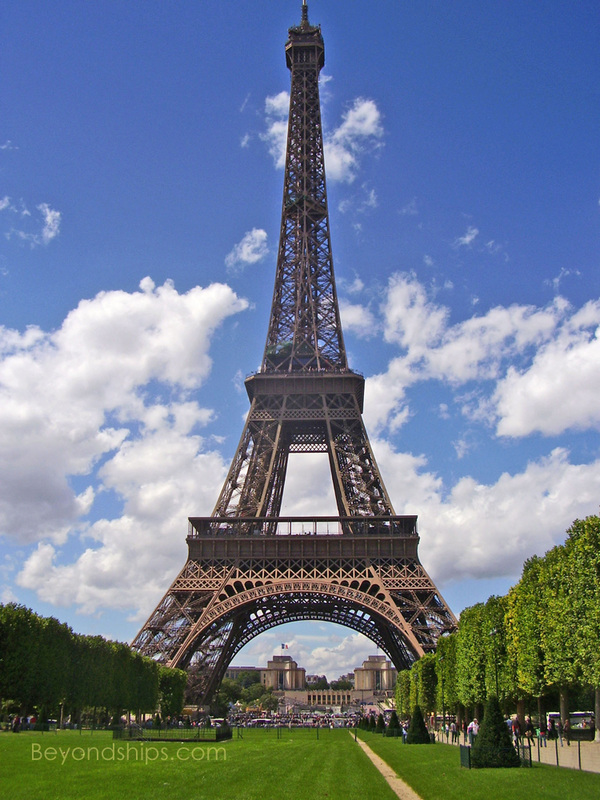|
Not all of the open space in Paris is from
the 19th Century. The Tuileries Garden (right) began as a royal garden dating back to the time of Catherine de Medici. It became a public park after the French Revolution. Another large square is the Place de La Concorde at the eastern end of the Champs Elysees. It is sometimes said to be the center of Paris. At its center is the Luxor Obelisk, which once stood in front of the Luxor temple in Egypt. It was at this peaceful place that some of the
terrors of the French Revolution took place including the guillotining of the king and queen of France. |
The Place Vendome (left) is a large square originally built to honor the conquests of Louis XIV. However, it is more often associated with Napoleon who erected a large column in the middle of the square to mark his victory at Austerlitz. Today, the Place Vendome is noted for its exclusive luxury shops.
|
|
The Palais Garnier (left), popularly known as the Paris Opera was built in the second half of the 19th Century during the reign of Emperor Napoleon III as part of the great reconstruction of Paris. An accident with its great chandelier was the inspiration for the story "The Phantom of the Opera." Although still called the Paris Opera by many, the opera company has not called the building home since 1989.
|
|
Paris is home to numerous art museums. The
Grand Palais (left), built for thee Paris World's Fair of 1900, is now dedicated to contemporary art. It is the world's largest ironwork and steel structure. Of course Paris is also home to the world's largest and most visited art museum, the Louvre. (See our profile of the Louvre). |
|
The city's most famous landmark is, of course, the Eiffel Tower. Built for the Paris World's Fair of 1889, the Tower was controversial when it was first constructed. However, it has now become a symbol of France and light shows and pyrotechnic displays at the Tower celebrate important moments. The Tower has two restaurants, a buffet and a champagne bar but its most impressive feature is the panoramic views.
|
|
|
CLICK BELOW TO GO TO OUR PAGES ON:
NORTHERN FRANCE OVERVIEW USEFUL LINKS THE D-DAY BEACHES GIVERNY THE ALABASTER COAST HONFLEUR, DEAUVILLE AND MONT SAINT MICHEL BAYEUX ROUEN |
|
|
|
Cruise destination Northern France - Paris
